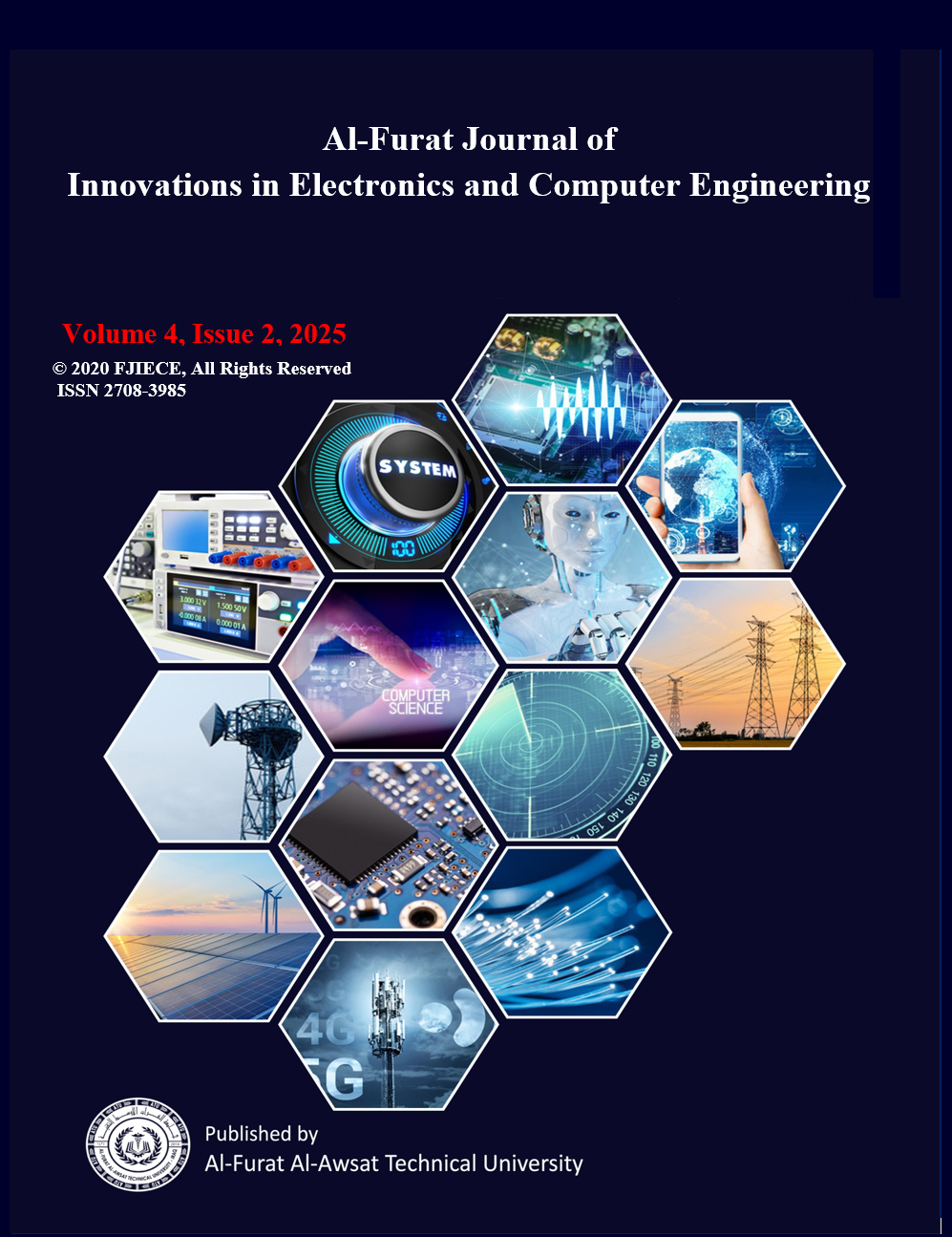Adaptive non-Hermitian DCO-GFDM Modulation Using ML for Indoor VLC Systems
Abstract
Visible light communication (VLC) has appeared as an attractive wireless technology for indoor data transmission, but its performance is restricted by such a fluctuating environment as the indoor channel caused by obstacles, reflections, and ambient sunlight interference. The conventional direct current-biased optical generalized frequency division multiplexing (DCO-GFDM) requires a Hermitian symmetry to generate real values, which are restricted by the light source. Hence, the size of the IFFT/FFT and the pulse shaping filter must be doubled, which leads to higher complexity and power consumption. This paper introduces a machine learning (ML)- based adaptive strategy for non-Hermitian DCO-GFDM (NH-DCO-GFDM), which was proposed in our prior study. This strategy is developed to change the modulation parameters according to the channel conditions dynamically. We employ random forest regression models trained on simulation-generated datasets to predict critical performance metrics, including bit error rate (BER) and peak-to-average power ratio (PAPR). The proposed algorithm works to reduce the BER under a specific threshold. Then, it optimizes the modulation parameters via a cost function that maximizes throughput while controlling complexity and PAPR. The results indicate that this adaptive system significantly improves reliability and achieves BER below the threshold at a lower SNR (9 dB), providing higher throughput. Thus, the proposed method offers an effective solution for robust, high-throughput VLC that can trade with such dynamic indoor environments.





